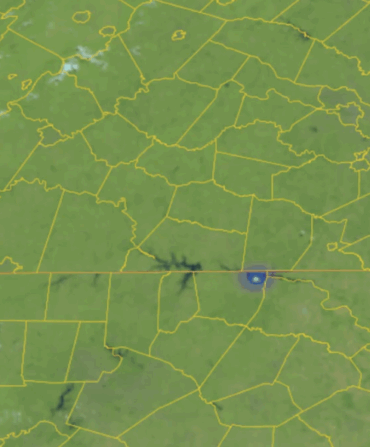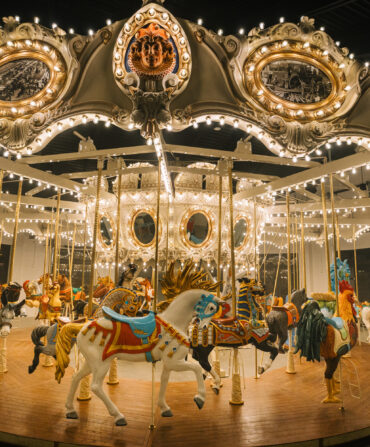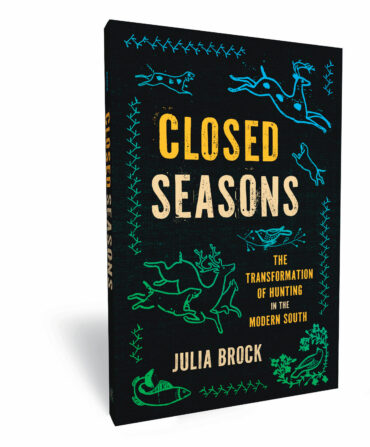Inside the Mexico City studio of Pedro Diego Alvarado, sunlight streams through a wall of glass onto worn wooden easels and tables laid with long silver rulers, jars jammed with brushes, and dried ears of corn. Alvarado’s dog, Tepa, chases butterflies in the garden as the painter leafs through a stack of small studies on paper. Among the colorful calla lilies, magueys, and market scenes mix photographs of familiar faces, including that of his grandfather, the iconic Mexican muralist Diego Rivera.
Alvarado was just a baby when his grandfather died, in 1957, but he and his mother, the architect Ruth Rivera, lived in Rivera’s famous studio for more than a decade. Today that space in the San Ángel neighborhood houses not only a museum dedicated to Rivera and his third wife, Frida Kahlo, but also many of Alvarado’s most cherished childhood memories. “I remember almost everything,” he says of the studio, with its papier-mâché skeletons, pre-Columbian pottery, and flasks filled with pigment. “I knew my grandfather through his personal things.”
These days, Alvarado, who is sixty-six, is a revered painter in his own right, a calling first influenced not by his grandfather, but by the stars. Alvarado studied physics and astronomy in college and remembers his world shifting after listening to a researcher speak about the origins of life—how carbon, hydrogen, and oxygen from stellar explosions called supernovas gave rise to organic matter. “These molecules came to a planet where life is possible,” Alvarado marvels. Subsequently, infinite beauty in the form of plants, flowers, and fruits, to name a few things, surrounds humanity. “Everything is important if you look at it that way.”
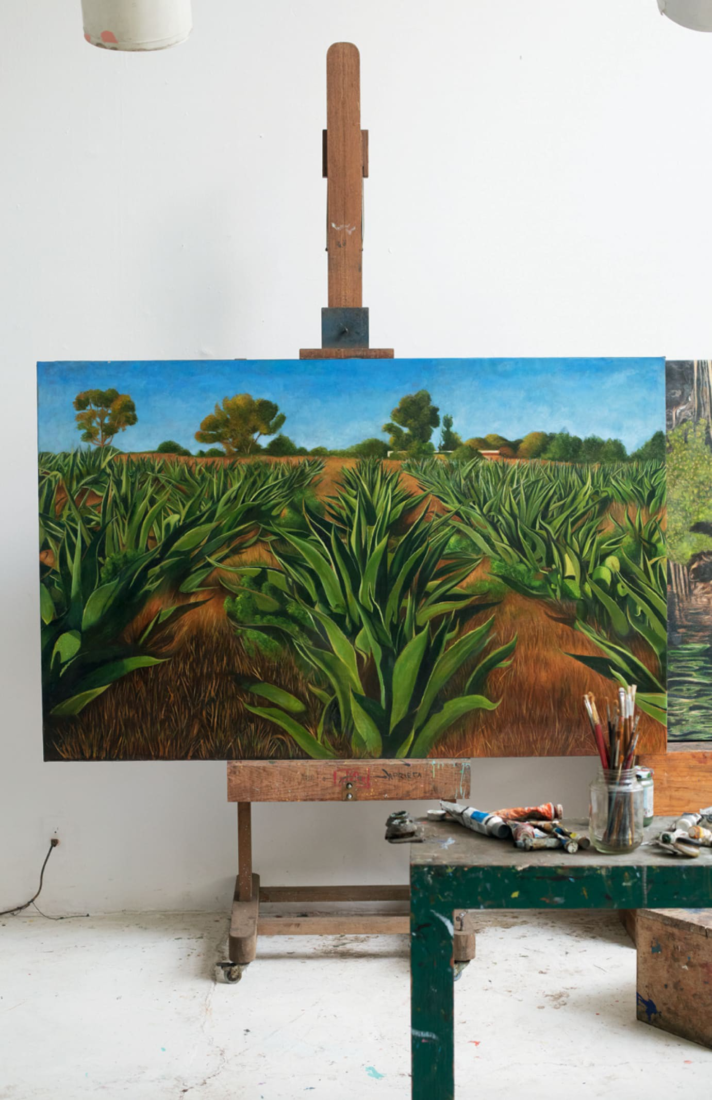
Attempting to capture and celebrate that beauty, he started drawing and taking photography classes at Mexico City’s Academy of San Carlos. Around the same time, Alvarado’s grandmother—Rivera’s second wife, Guadalupe Marín—returned home from Europe with a catalogue of drawings by her friend, the famed French photographer Henri Cartier-Bresson. Overwhelmed by Cartier-Bresson’s work, Alvarado went to Paris in pursuit of his own artistic awakening. He enrolled at the prestigious École des Beaux-Arts to study drawing, and for the next two and a half years leaned on the mentorship of Cartier-Bresson, whom Alvarado calls “very generous, very rigorous, and strict at the same time.”
When the young artist returned home to Mexico in 1979 to contemplate painting full-time, his grandfather’s stature in the art world began to sink in. “I doubted being an artist” in Rivera’s shadow, Alvarado recalls. “But after a while, I thought that, if I’m honest with myself, and I live in a different time, then I could be a painter, because it is different. Everything is different.”
He spent the next two years working in the studio of the celebrated Mexican painter Ricardo Martínez de Hoyos, and then held his first solo show in 1984. Almost everything, including his still lifes of native crops such as pumpkins and corn, sold, reassuring Alvarado he could make a living from his work. Over the four decades since, the artist has continued to paint his country’s fruits, flowers, vegetables, and landscapes as a tribute to the natural world, landing major solo, group, and traveling exhibitions along the way. His vibrant oils illuminate the bounty and beauty of market fare, for example, from the electric flesh of a dragon fruit to the glistening seeds of a pomegranate. “In Mexico we have this special light,” he explains. “It’s very important, the light I feel and see when I paint. That’s what makes my painting Mexican.”
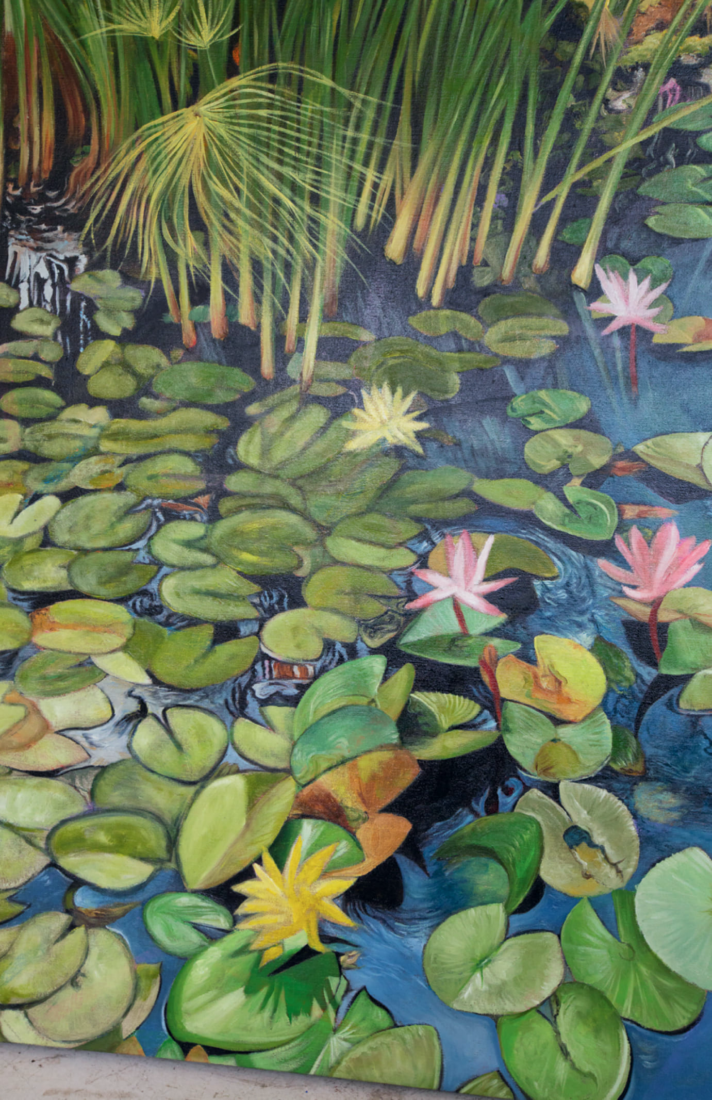
Over the last couple of years, the artist worked to prepare his first show at the respected Intersección Arte Contemporáneo in San Miguel de Allende. “After seeing some of the paintings that Pedro brought with him when visiting the gallery, we were not only impressed by the quality of the work, but also by his disposition,” says Gabriela Hurtado, the gallery’s manager. The exhibition, entitled The Nature from Imagination, runs from August 13 to late October, and features seven landscapes in oil on linen. Each vista that inspired the works means something to Alvarado, including a shimmering cenote in Mexico’s Yucatán Peninsula and a pond of perfumed water lilies from his weekend home in Malinalco.
Like nature, Alvarado’s canvases arouse both spirit and senses. One can almost feel the warmth of the sun after looking at his fields of giant green agaves, or smell the scent of ripened fruit through his still lifes of mangoes, melons, pineapples, and papayas. “Painting is an homage to this incredible creation,” he says. “That’s fantastic, no?”



